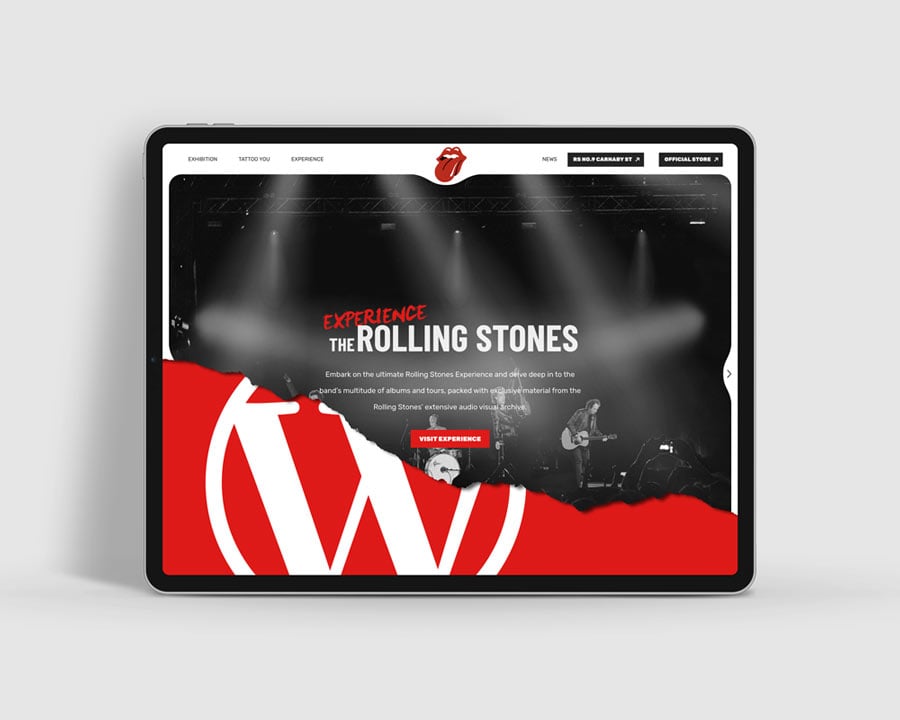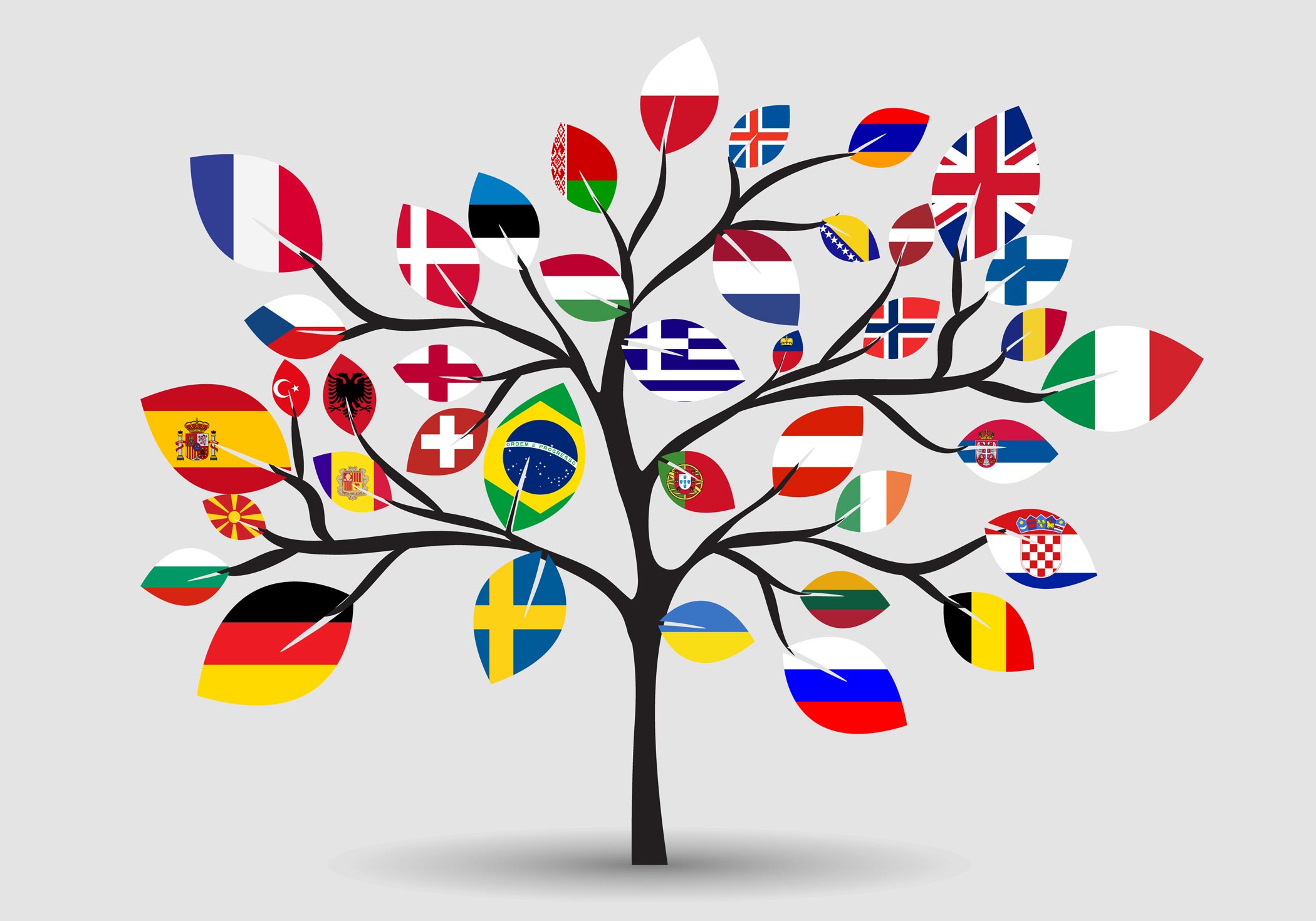
30+ Examples of Notable Brands Using WordPress
WordPress is by far the most widely used content management system software available, powering close to 35% of the internet. So who uses it?

Help Google identify the language of the pages – simply add a snippet to differentiate the languages. An example of this…
www.inzonedesign.com/about
www.inzonedesign.com/es/about
www.inzonedesign.com/it/about
The “es” tells Google that the content of that page is in Spanish, while “it” tells Google that the content of that page is in Italian. In order to improve your multilingual site’s SEO, ideally, you would want to translate the slugs for each language as well, so…
www.inzonedesign.com/about
www.inzonedesign.com/es/sobre-mi
www.inzonedesign.com/it/chi-sono

WordPress is by far the most widely used content management system software available, powering close to 35% of the internet. So who uses it?

A new year is here which means a fresh start for you and your business! Your website may have been the latest and greatest a few years ago, but as technology and design continues to evolve, it’s vital to keep your website looking new and fresh.

Color is very powerful and is used extensively in all aspects of design. From the colors used on everyday household products, to the colors of logos, websites and marketing material, color is a very important element…